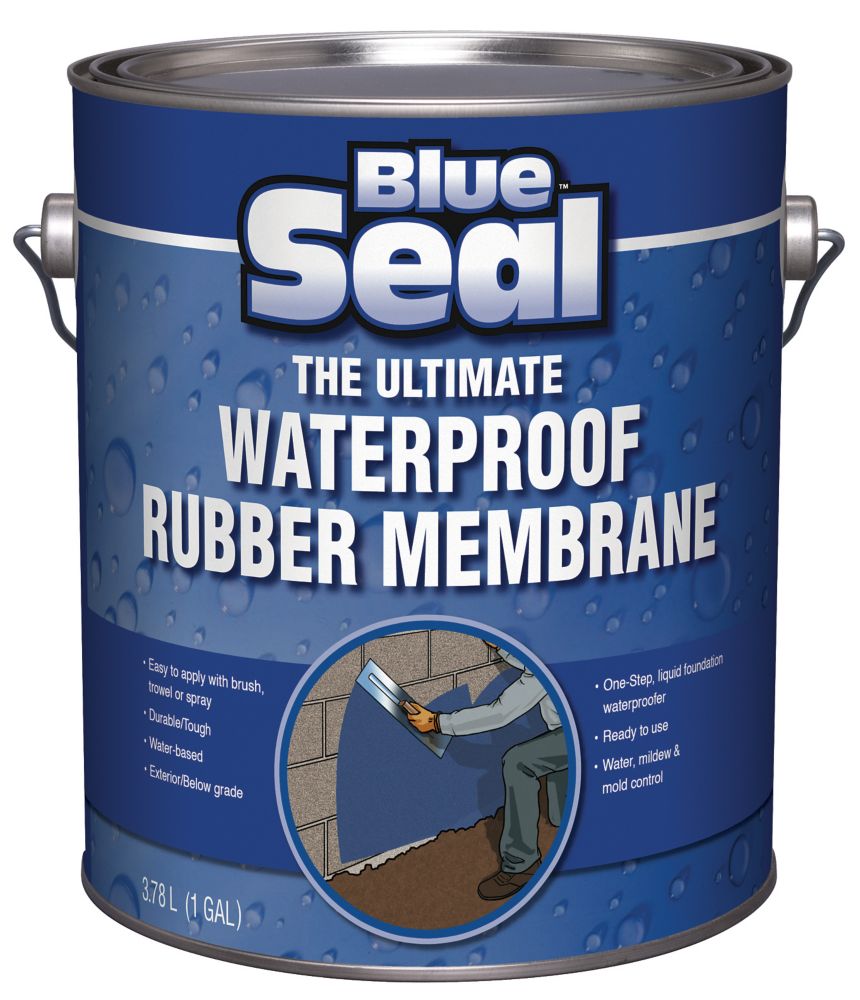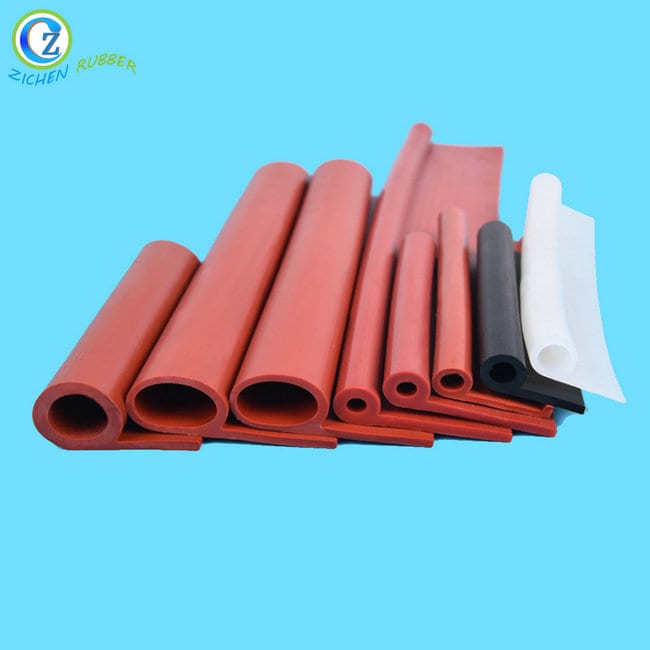- Blue Seal Waterproofing Rubber Membrane Installation Kit
- Blue Seal Waterproofing Rubber Membrane Installation Instructions

Blue Seal™ is a one-step, liquid-applied, water-based waterproofing membrane for exterior foundation walls. Its ready-to-use formulation combines the features of a sealer, and an elastomeric waterproofing membrane based on ETV copolymer rubber. Shop Ames® Blue Max Liquid Rubber Basement Paint (BMX5RG). Polyguard Products specializes in products that protect surfaces and structures from moisture, water and other undesired substances. SUPERSEAL Dimpled Membrane is for use on all types of foundations as a Waterproofing / Dampproofing Membrane.
7 step foundation waterproofing
Foundationwaterproofing.org's preferred method of waterproofing foundations is second to none. While many foundation companies propose solutions that encompass some of the steps that are covered here, most do not implement the 7 step process that makes this the best available solution for damp or wet basements.
To make and keep your basement dry, look for the following 7 Steps:
- Excavate and power wash foundation
- Repair any damage to foundation and apply two coats of parging
- Add a footing bevel where the foundation wall meets footing
- Apply AquaBloc primer and apply BlueSkin waterproof membrane
- Apply Platon Membrane
- Install new weeping tile
- Backfill and grade property away from foundation.
- View Full Version: Blue seal (waterproof rubber membrane) over durock, overkill? Newbieonhomes., 09:26 AM. I am back to the bath project again. I am ready to installing the shower walls over an acrylic shower base. This is a shower stall, separated from the tub. I'll be putting durock on all walls.
- Ensuring a water-tight finish to any property, we can install seamless cavity membrane waterproofing systems atop closed cell insulation. Blue Seal’s meticulous services include water-tight adhesive solutions which are affixed to the internal pipe penetrators and overlaps of each membrane sheet.
Step 1 - Foundation Excavation Starts the Waterproofing Process
A combination of machine and hand digging allows access your foundation to begin the waterproofing process without any risk of damage to the foundation. Your contractor must excavate all the way to the footing to examine the existing drainage and the condition of the foundation wall and footing. Once the excavation is complete, power-wash the foundation to remove all loose materials and examine the foundation for damage.
Step 2 - Repair and Parge Foundation
Depending on the condition of the foundation, this step may vary. If there is any substantial damage to the foundation it will have to be repaired. After any damage is repaired, the contractor should apply 2 coats of parging. The parging provides damp-proofing and provides a foundation for the additional waterproofing layers.
Step 3 - Add Footing Bevel to the Foundation for Better Waterproofing
In addition to parging the foundation, ask the contractor to apply a bevel of concrete at the joint where the foundation meets the footing. This helps to seal up one of the most vulnerable parts of the foundation. This seam is often the source of water getting into basements.
Step 4 - Install Blueskin Waterproof Membrane
Blueskin is a rubberized asphalt membrane laminated to a Polyethylene film. This combination provides a durable, waterproof barrier that is tough and flexible and can stretch to continue providing protection even if new cracks develop after the membrane has been applied.
After the parging layers have dried, a primer is rolled on and then the Blueskin applied over the primer. The priming layer provides the perfect surface for the Blueskin to adhere to and provides a small amount of damp-proofing on its own. Remember, the Blueskin is providing waterproofing not just damp-proofing.

Step 5 - Add a Protective Platon Membrane
After the Blueskin, the foundation should be wrapped in Platon Membrane which provides the first defense against water and provides physical protection to the Blueskin membrane. Platon Membrane is a tough, dimpled, 24-mil high-density polyethylene wrap that seals out water. The dimples provide an air gap behind the Platon so that any water that might get behind the membrane can drain down and won't be trapped between the Platon and the Blueskin.
Step 6 - Install New Weeping Tiles for Better Drainage
The next 2 steps in ensuring a dry basement are perhaps the most important: proper drainage and grading. It essential that when water flows down the Blueskin and Platon membranes that there is a system in place to carry the water away from the foundation. The age of your home will often determine the drainage solution that is available for your foundation. You may be connected to the city storm drain, a French drain on your property or to a sump pit in your basement. However, regardless of drainage solution, your contractor shouldl lay a new bed of gravel at the footing, install new window wells and drains if required, install new weeping tile and connect it to the drainage. The weeping tile has a “sock” that covers it to help filter out silt so that the pipe does not clog as quickly over time. Finally the new weeping tile is covered with clear gravel so that water can drain easily through it.
Step 7 - Proper Grading in the Important Final Waterproofing Step
After the waterproofing steps are completed, the excavation around the foundation is backfilled and graded so that there is sufficient slope around the house to encourage water to run away from the foundation. Keeping water from getting to the foundation is the first line of defence in keeping a dry basement.
7 Steps to a Dry Basement
By executing these 7 steps, you will have the best solution for a dry basement. Waterproofing your foundation is a significant undertaking and investment and you want to be confident that the work is done right and that the result will be a dry basement.
Preparation:
Read all label instructions before proceeding. Be sure surfaces are clean and dry before the coating application. Pressure wash when possible using pure water. Be sure surfaces are clean and completely dry before the coating application. Do not use any soaps, or detergents. Remove all loose paint, tar, dirt, oil, and grease leaving surface clean and completely dry. In certain situations a shot-blaster may be needed to help clean and roughen the surface. Always run a test patch first in an inconspicuous area to ensure that proper adhesion and drying occurs and the product works to your satisfaction. All cracks, joints (1/8″ or less), and seams should be caulked with a non-silicone, paintable caulk or Ames® Blue Max® Trowel Grade coating and filler. For larger cracks (1/8″ or larger) fill with a cementitious filler. Make sure surface is as smooth as possible. For best results and adhesion, it is ideal to apply coating over a bare surface void of paint or residue of any kind. Product comes ready to use, no mixing or stirring required. For newly poured concrete, you must allow at least 30 days for complete dry and cure time before applying product.
Tools:

Ames® Blue Max® or Ames® Block & Wall® Liquid Rubber can be applied with a paint brush, a low nap roller or a commercial/industrial airless sprayer. You may also need Ames® Peel & Stick™ Seam Tape, as well as scissors, a utility knife and a standard paint tray. For larger commercial jobs, we recommend an airless sprayer. Call toll free at 1-888-345-0809 with questions or for specific sprayer specifications. Click Here for Sprayer Specifications
Application:
Steps 1: Directions are the same for both Ames® Blue Max® and Block & Wall® Liquid Rubber. They do not need a primer. Caulk all cracks greater than 1/8″ wide with Ames® Blue Max® Trowel Grade.
Step 2: Surfaces with joints, cracks, or where two unlike surfaces come together, require Ames® Peel & Stick™ Seam Tape (PS250, PS450 or PS650) to provide some additional strength and reinforcement. It is important to seam tape all joints and cracks to avoid future cracking and leaking. Prime all surfaces generously with Ames® Blue Max® prior to setting the Seam Tape in place.
Step 3: Apply a liberal topcoat of Ames® Blue Max® or Block & Wall™ Liquid Rubber over the Seam Tape and allow to cure.
Important: Ames® Liquid Rubbers must be protected from the suns UV rays if exposed. Top coat with Ames Paint & Prime® or similiar Ames® Acrylic coatings.
Estimated Coverage:
We recommend three gallons per 100 square feet for water containment. No need to shake or stir prior to use. The application must be applied in a continuous, unbroken seal of a minimum dry thickness of no less than 30 mils (the thickness of a dime). Two coats minimum, three to four is superior. More coats equal longer life. Rough surfaces will require additional product and drying time.
Weather & Drying Guidelines:
Both Ames® Blue Max® and Block & Wall® Liquid Rubber are best applied between 50° to 90° F (10° to 32° C) on warm dry surfaces. For exterior applications apply when the streets are dry, the sun is in the sky and no inclement weather is forecast. Starts to dry in 30 minutes to 2 hours, depending on thickness of application and weather. It continues to cure for up to 2 weeks. A slight tack is normal after drying. Ames® Blue Max® may be re-coated or top coated when it is dry to the touch. Low temperatures, high humidity, and evening and morning dew will require increased drying/curing time.
Clean-up, Storage, and Disposal:

Clean tools and small spills with water. Store unused product in its original container, tightly sealed and protected from freezing. Dispose of this product in accordance with local, state, or federal requirements.
Can be used in Conjunction with:
Ames® Blue Max® trowel-grade and works well as a primer and waterproofing membrane for Ames® Safe-T-Deck®, Ames® Snow Seal®, Ames® Maximum-Stretch®, Ames® Block & Wall®, Ames® Iron Coat® and many other coatings. Ames® Blue Max® must be top coated for UV protection in exterior applications.
Blue Max®
Ames® Blue Max® is a special blend of adhesive, high strength elastomeric liquid rubber. It is a new, impenetrable, rubber technology for waterproofing in extreme wet situations such as below grade foundations, basement walls and a base coat for certain roof types.
Block & Wall® Liquid Rubber
Ames® Block & Wall® Liquid Rubber is a blend of adhesive, high strength, elastomeric, liquid rubber. It is designed for waterproofing in extreme situations.
Blue Seal Waterproofing Rubber Membrane Installation Kit
Peel & Stick™ Seam Tape
Blue Seal Waterproofing Rubber Membrane Installation Instructions
Ames® Peel & Stick™ Seam Tape is a self-adhesive, contouring seam tape for reinforcement over seams and cracks and around vents. Easy to apply.